Design Objective
The project is located in Dallas, Texas which is the largest growing metropolitan region in the United States. We are proposing a residential and commercial development which will promote car-free living through its mixed use program.
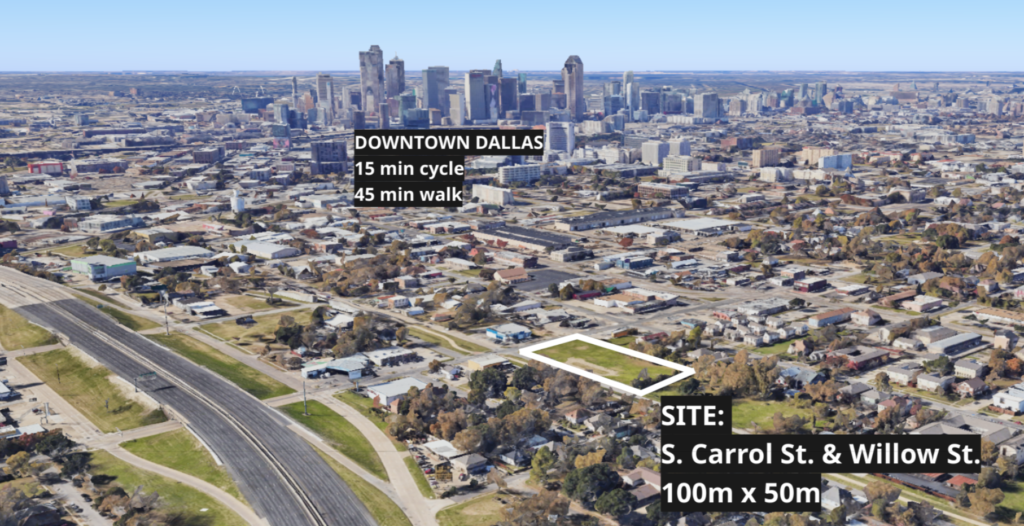
Design Solution
The proposed solution is set on a 3m x 3m x 3m grid system for both residential and commercial units placed on a 50m x 100m site. Based on this grid, repeatable residential and commercial units were designed which can be aggregated using Wasp to produce a design solution. This eight storey building is envisioned as a mass timber framed structure to reduce its carbon footprint.
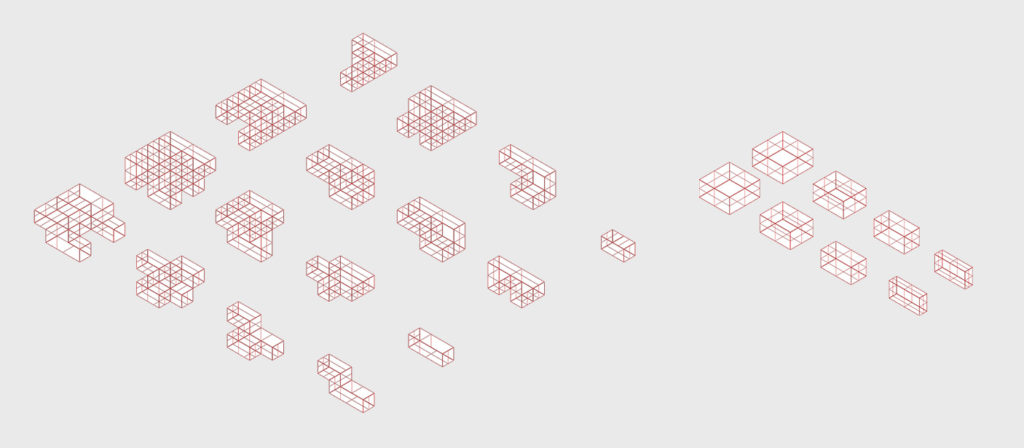
Structural Design
After selecting one of the Wasp aggregations as a building form and mass timber as structural material, we created an FE model by identifying beams and columns on 3m x 3m x 3m grid. This model was then analyzed for its structural performance.
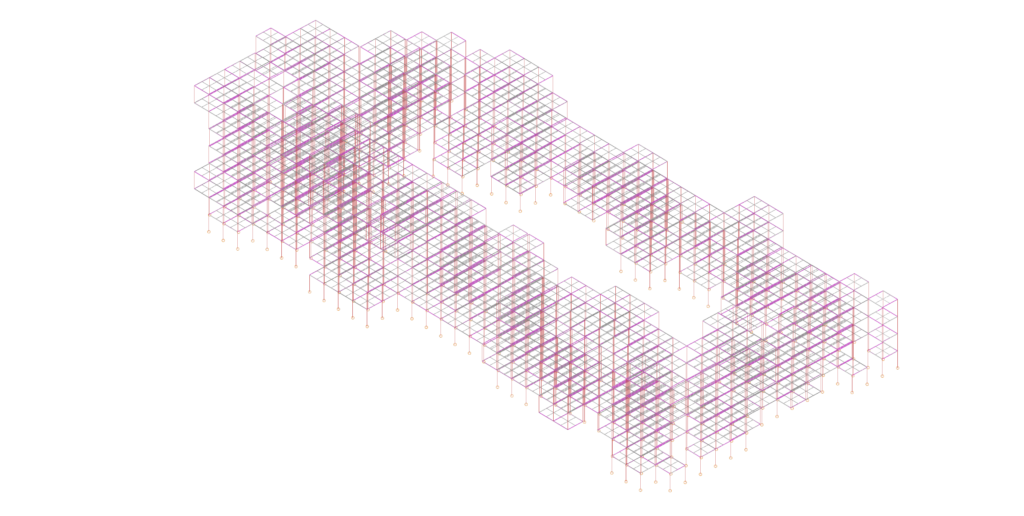
Structural Analysis
For this study we analyzed three different options.
Option 1: Non-optimized case: Generated directly using Wasp without any inputs from Karamba. Model shows large cross sectional sizes for columns and beams with highest building mass of the three options.
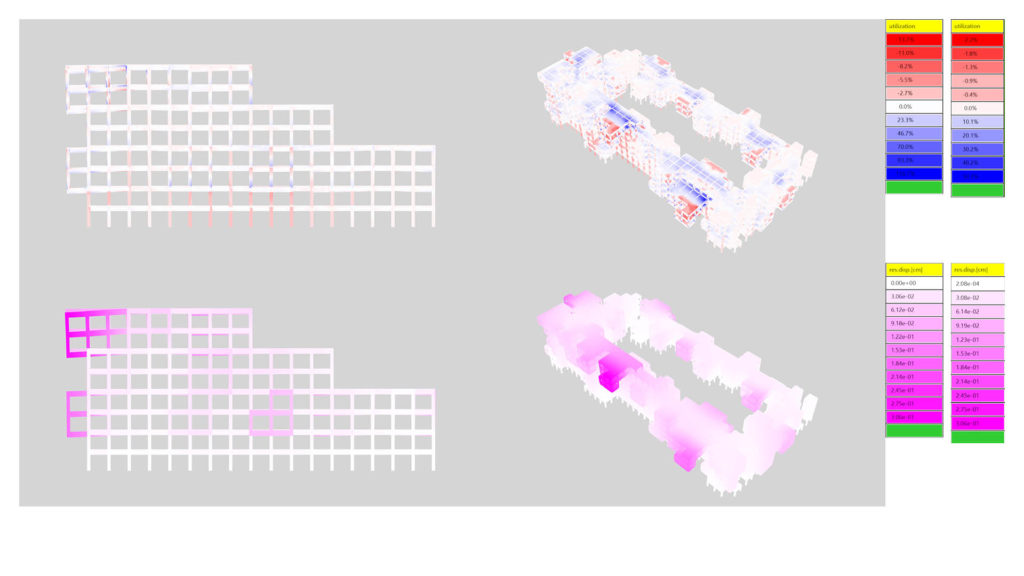
Option 2: Optimized case: Option 1 was optimized using Karamba. It redefined the cross sectional sizes based on the load cases. However, a large displacement is noticed at the cantilevered sections of the model.
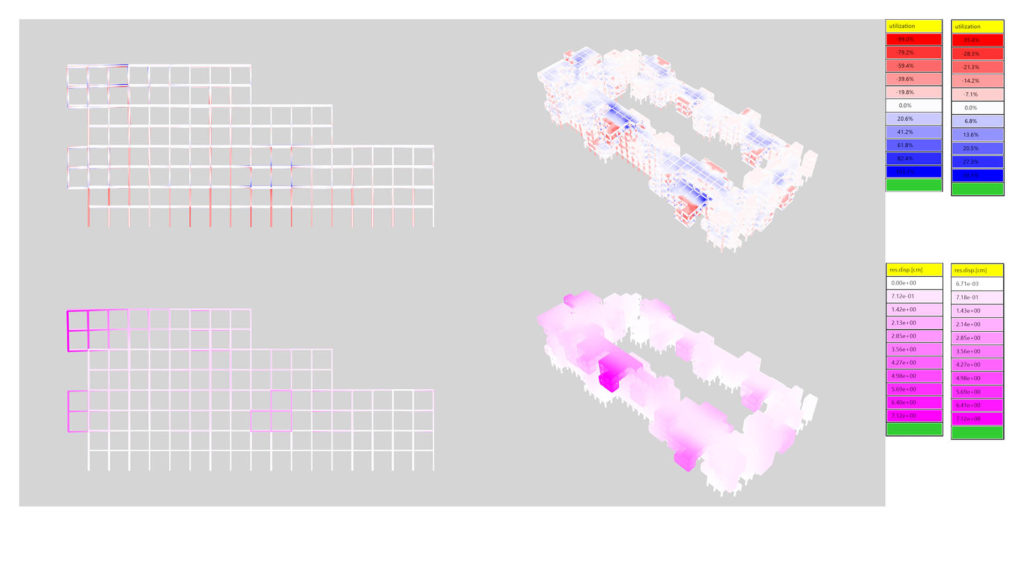
Option 3: Braced Case: Braces were added to Option 2 in order to further optimize the cantilevered sections.
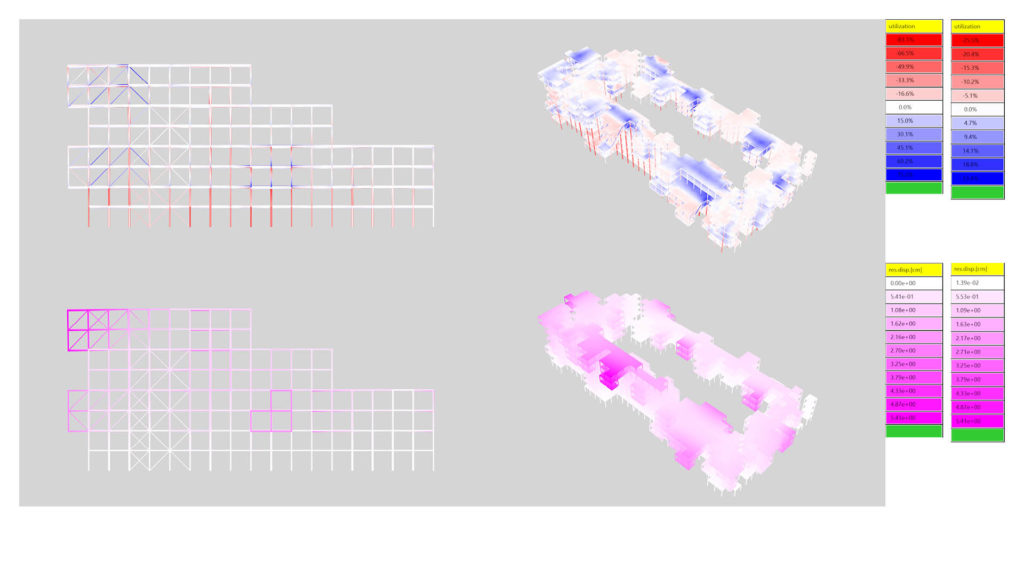
In conclusion, Option 1 has the highest mass while Option 2 showed large displacement. We have selected Option 3 for further development as it shows minimum mass and optimum displacement.
Embodied Carbon
The carbon footprint was analyzed for structural timber components using Option 3 as preferred case.


